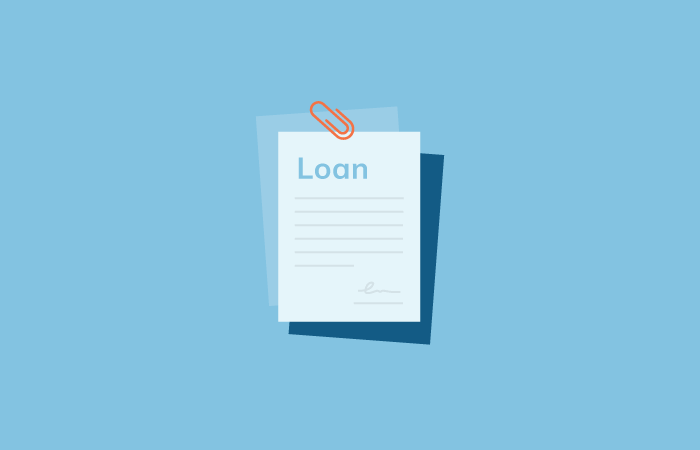When do lenders file the initial Form 1502? Lenders are required to electronically upload the initial SBA Form 1502 reporting information by the later of: (1) May 29, 2020, or (2) 10 calendar days after disbursement or cancellation of the PPP loan, according to an interim final rule published May 20. After submitting the initial 1502 report, lenders must submit PPP loan information on monthly 1502 reports. Once SBA makes a PPP forgiveness purchase, if no loan balance remains, the lender will need to report loan as paid in full on the next monthly 1502 report. If a loan balance remains, the lender will report any reduction in the loan balance on the next 1502 report and service the remaining balance.
When is the latest a borrower can apply for forgiveness? Is there a deadline for applying for forgiveness/using the Form 3508? The SBA has not provided guidance on a deadline, but Form 3508 lists an expiration date of 10/31/20.
When does a borrower’s eight-week covered period begin? The SBA/Treasury’s FAQs published May 13 say the eight-week period for covered expenses begins on the date the lender makes the first disbursement of the PPP loan to the borrower. However, the Form 3508 Loan Forgiveness Application clarified that borrowers can elect to calculate eligible payroll costs using an “alternative payroll covered period”:
“Borrowers with a bi-weekly (or more frequent) payroll schedule may elect to calculate eligible payroll costs using the eight-week (56-day) period that begins on the first day of their first pay period following their PPP Loan Disbursement Date (the ‘Alternative Payroll Covered Period’). For example, if the Borrower received its PPP loan proceeds on Monday, April 20, and the first day of its first pay period following its PPP loan disbursement is Sunday, April 26, the first day of the Alternative Payroll Covered Period is April 26 and the last day of the Alternative Payroll Covered Period is Saturday, June 20.”
The application notes that borrowers electing to use the alternative period must apply it whenever the application refers to “the Covered Period or the Alternative Payroll Covered Period.” However, in places where the application refers to “the Covered Period” only, borrowers must apply the eight-week period beginning on the disbursement date. An example of this is in the section on nonpayroll costs. The application says eligible non-payroll costs “must be paid during the Covered Period or incurred during the Covered Period and paid on or before the next regular billing date, even if the billing date is after the Covered Period."
How long does the lender have to make a decision on the forgiveness application (to process the 3508)? The Coronavirus Aid, Relief, and Economic Security (CARES) Act says lenders have 60 days: “Not later than 60 days after the date on which a lender receives an application for loan forgiveness under this section from an eligible recipient, the lender shall issue a decision on the loan application.”
Will the SBA also have to approve the application and if so, how long does it take? If the lender determines that the borrower is entitled to forgiveness, whether in full or in part, the lender must request payment from the SBA at the same time it issues its decision on forgiveness, according to the SBA's interim final rule. Then, the SBA will – subject to any review of the loan or the application – repay the appropriate forgiveness amount to the lender, plus any accrued interest within 90 days after the lender submits the decision.







